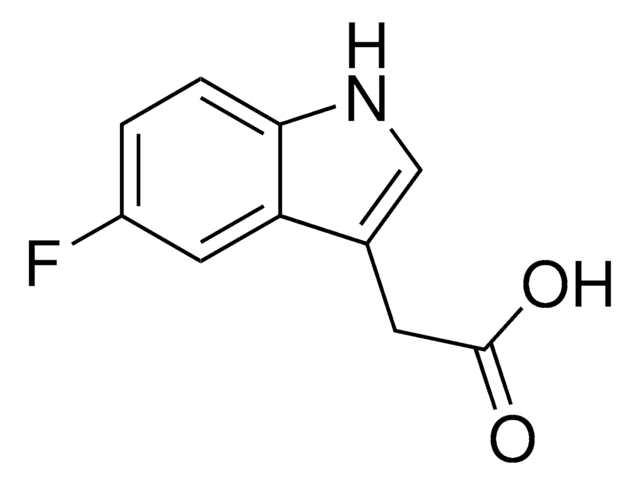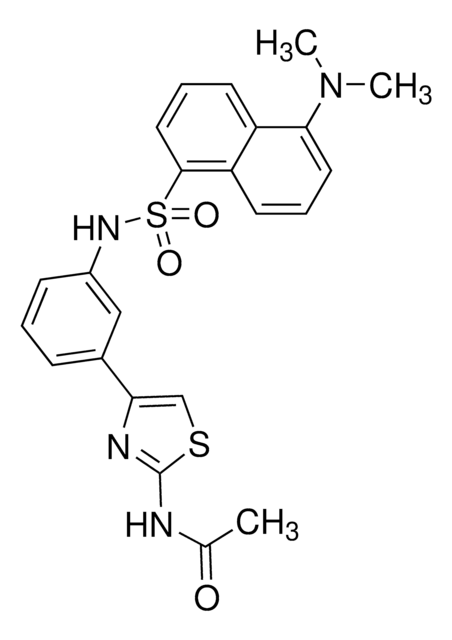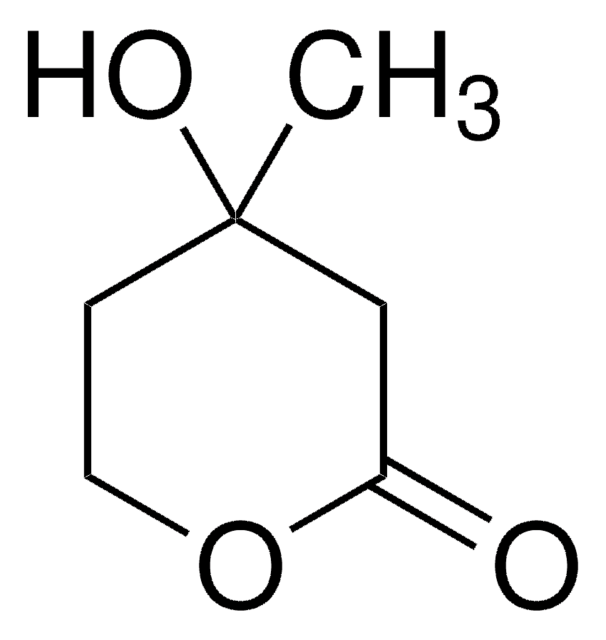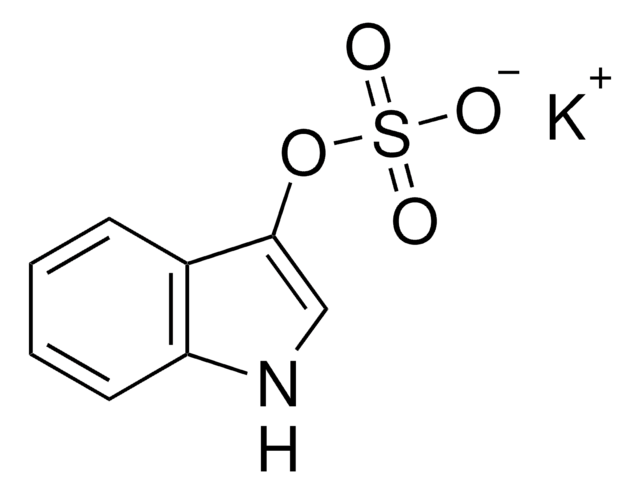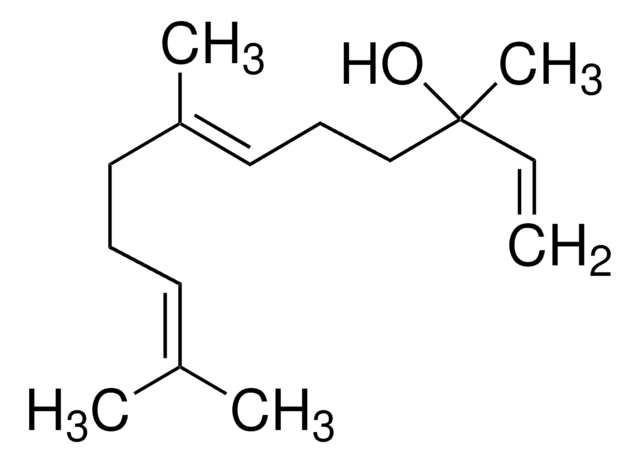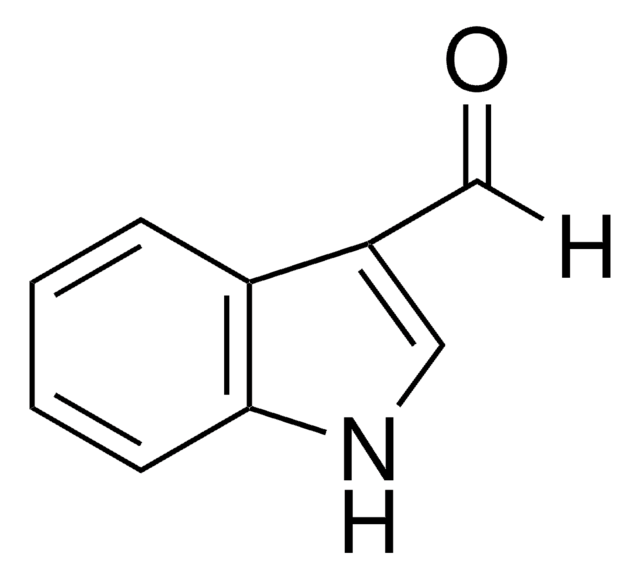Wichtige Dokumente
G5048
Geranylgeranylacetone
Synonym(e):
6,10,14,18-Tetramethyl-5,9,13,17-nonadecatetraen-2-one, mixture of (5E,9E,13E) and (5Z,9E,13E) isomers, GGA, Selbex, Teprenone, UNII-S8S8451A4O
About This Item
Empfohlene Produkte
Assay
≥98% (HPLC)
Qualitätsniveau
Form
oil
Lagerbedingungen
protect from light
Farbe
clear
Löslichkeit
DMSO: >5 mg/mL
Lagertemp.
−20°C
SMILES String
C\C(C)=C\CC\C(C)=C\CC\C(C)=C\CC\C(C)=C\CCC(C)=O
InChI
1S/C23H38O/c1-19(2)11-7-12-20(3)13-8-14-21(4)15-9-16-22(5)17-10-18-23(6)24/h11,13,15,17H,7-10,12,14,16,18H2,1-6H3/b20-13+,21-15+,22-17+
InChIKey
HUCXKZBETONXFO-NJFMWZAGSA-N
Anwendung
Biochem./physiol. Wirkung
Lagerklassenschlüssel
10 - Combustible liquids
WGK
WGK 3
Flammpunkt (°F)
Not applicable
Flammpunkt (°C)
Not applicable
Hier finden Sie alle aktuellen Versionen:
Besitzen Sie dieses Produkt bereits?
In der Dokumentenbibliothek finden Sie die Dokumentation zu den Produkten, die Sie kürzlich erworben haben.
Unser Team von Wissenschaftlern verfügt über Erfahrung in allen Forschungsbereichen einschließlich Life Science, Materialwissenschaften, chemischer Synthese, Chromatographie, Analytik und vielen mehr..
Setzen Sie sich mit dem technischen Dienst in Verbindung.

